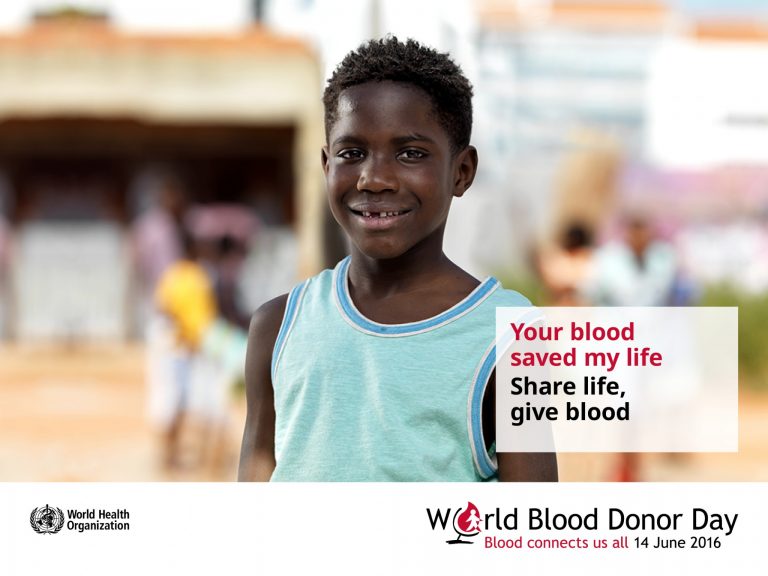Blog by Kakaire Ayub Kirunda, a communication for development specialist with Makerere University School of Public Health.
Sometime in December 2015 after duty at Busesa Health Centre IV in Iganga District in South Eastern Uganda, we prepared to return to Kampala. But before we could set off, an old man approached us requesting a lift for her pregnant daughter and his wife to Iganga town.
The young woman who we shall call Hasfa (not real name) was visibly anaemic. In a chat during the roughly ten kilometre journey, we learnt that she was just 21 years and carrying her second pregnancy. We also found out that she had been back referred from Iganga Hospital to Busesa to get a transfusion. At Busesa she had only received one unit of blood out of the two that she required.
So what next? I asked them. They had resorted to go back home because they neither had transport money to go to Jinja Regional Referral Hospital nor Mulago National Referral Hospital. Jinja was out of the question because we already knew there was no blood and indeed the entire sub region was facing a blood crisis.
As we approached Iganga, we asked Hasfa and the mom whether they were ready to proceed with us to Mulago but as the case with most Ugandan women, they needed the husband’s permission. Efforts to reach him on the cell phone were futile for a while and when they eventually did, his view was that they stay in Iganga as he looked for the money.
With time fast running out, I asked a colleague on the team to call Buluba Mission Hospital, which is closer to Iganga, and find out if they had some blood. Luckily, there was. I requested team members to bear with the “inconvenience” so we could help Hasfa. We left her in the safe hands of the medical team at Buluba and we proceeded with our journey. Unfortunately the phone contact that Hasfa gave us had a problem, making follow up hard. But we recently learnt that she had a positive pregnancy outcome.
Hasfa had triple luck when her family came into contact with our team, we offered to transport her for free, and there was blood at the facility where we left her. But not so many Hasfas are that lucky. In fact, the unlucky ones are the majority, and are needlessly dying due to haemorrhage after child birth. And we cannot forget the high numbers of anaemic children dying because they can’t get blood transfusions.
In South Eastern Uganda which I am well versed with, the blood shortage has persisted to date. The picture is the same in some other sub regions, at least going by press reports. The Uganda Blood Transfusion Service (UBTS) has done a commendable job over the years. No doubt about that. But we still have a problem. Uganda currently collects only 240,000 out of the required 346,346 units of blood. The latter would represent 1 percent of our 34.6 million population as recommended by the World Health Organisation. Our problem is that we are failing to recruit new blood donors beyond the current numbers – largely made up of students.
While Uganda is praiseworthy for being among the league of countries that collect 100 percent of their blood supply from voluntary unpaid blood donors, we have more work to do. Creative ways of retaining the current donors and recruiting new ones to cap the deficit of 106,346 volunteers have to be found. To this, I pose the following questions:
- How do we solve the logistical challenges to ensure that even the available blood is equitably distributed without burdening the end users?
- For the sought after 106,346 volunteers; have we studied why they are not forthcoming? Do they have enough knowledge about blood donation?
- How many corporate institutions-especially media businesses-are helping UBTS promote the knowledge of people about blood donation? Who should take the initiative?
- Do media houses need to be paid to promote blood donation?
- To what extent are the current voluntary blood donors being engaged as informative references for other potential donors?
- What lessons do we learn from countries that have met the blood supply needs, if any?
I believe no one -including myself- has answers to all these questions but now is the time for all concerned to pull back, reflect, and chart a way forward. It cannot continue to be business as usual!
Meanwhile, before I forget, did you know that June 14 is World Blood Donor Day? The World Health Organisation appeals thus: Imagine that the people you have saved know who you are. Share life.Give blood.
